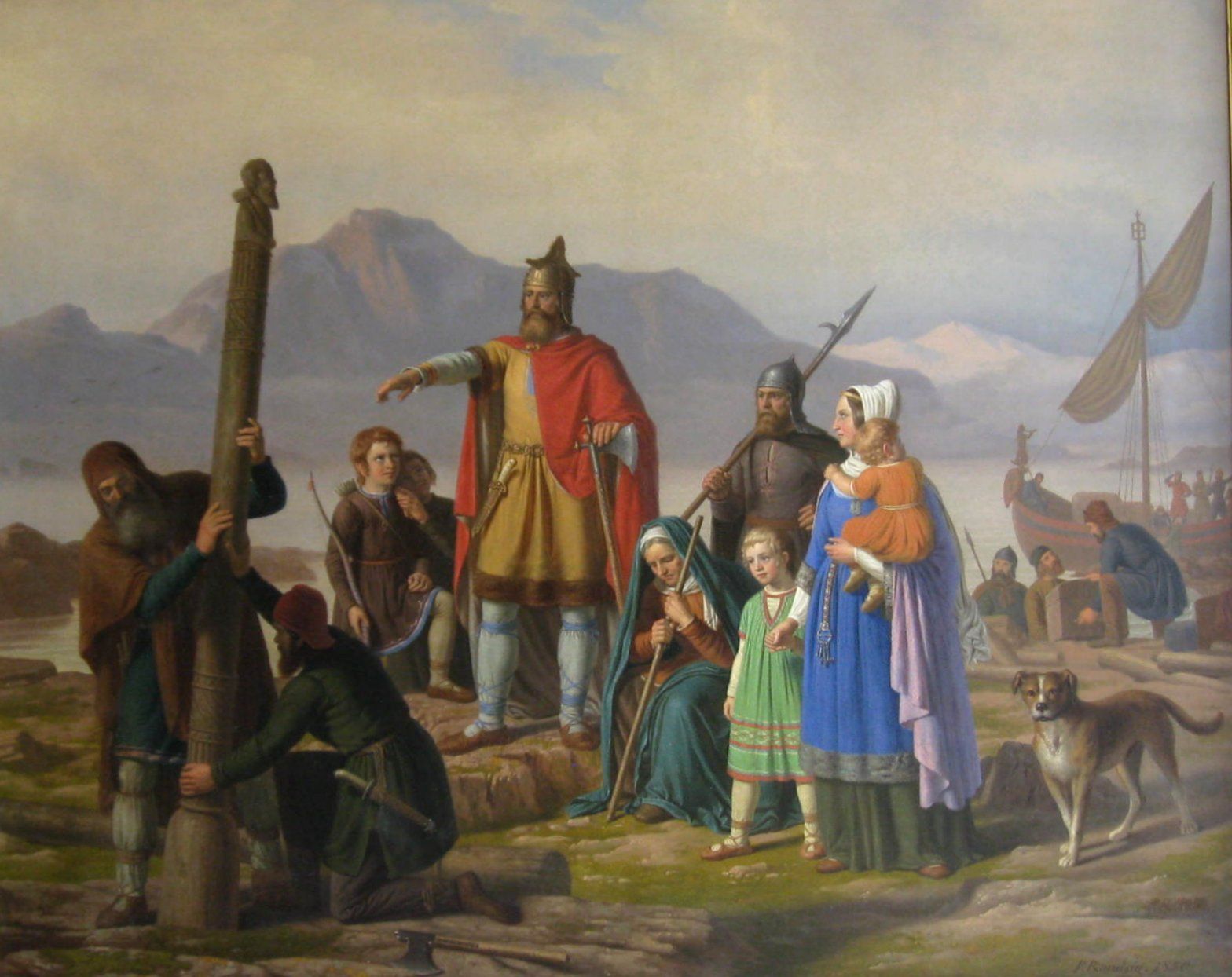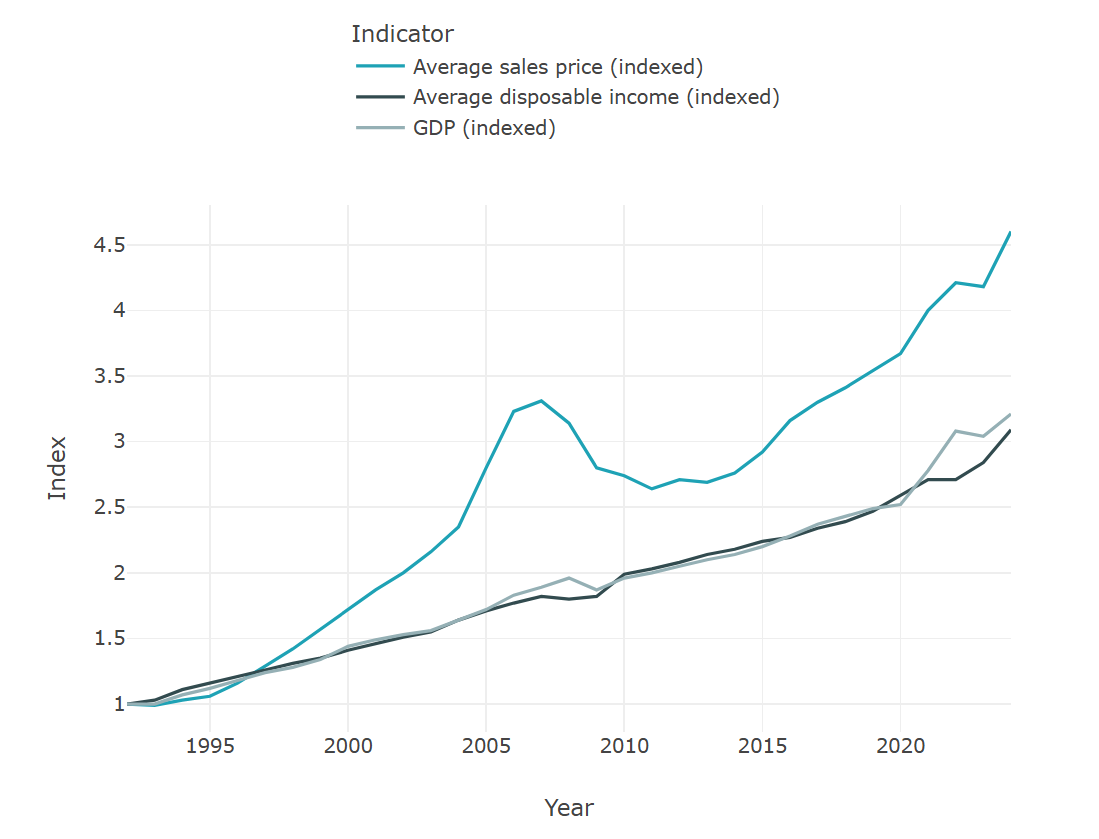As one of the early casualties of the global financial crisis, one of its volcanos grounding more than half of Europe’s flights for a week in 2010 and the recent Panama Papers debacle, Iceland has been receiving more than its fair share of media attention in recent years.
With a population of just 320,000, Iceland has always been the younger brother to the other Nordic nations. With a relationship that continues to be both convivial and controversial, Denmark and Iceland share a fractured and complicated past.
Like its ‘green’ neighbour, Iceland was discovered by accident by a boat travelling from Norway to the Faroe Islands. The legendary Faroese king, Naddoddr, was blown off course and landed on the island in the late ninth century. After climbing hills to look for signs of human habitation, Naddoðr could see nothing but snow, naming the land ‘Snowland’.
Pillars of history
A Swedish sailor, Garðar Svavarsson, was another to accidentally find the island, spending a winter in what is now Husavik.
And following rumours of an uninhabited land to the north, the Norwegian settler Flóki Vilgerðarson deliberately sailed to the island and named it ‘Iceland’ after seeing plates of ice drifting in the water.
The first settlers arrived in around 870. Legend has it that Norwegian chieftain Ingólfur Arnarson threw two pillars from his ship while off the coast of Iceland, vowing to make a settlement wherever he found them. True to his word, the pillars were found close to Reykjanesskagi, and a settlement was founded near the modern capital of Reykjavík. Following the harsh rule of Harald the Fair-haired in Norway, settlers began to arrive and the early settlements grew, even attracting some settlers from faraway Britain.
Norway to Denmark
After increased growth and Christianisation from the tenth century onwards, Iceland decided to accept Norwegian sovereignty in the early 13th century. Following a period of civil war between competing powerful families, the Old Covenant was signed, ending the feuding by bringing Iceland under Norwegian rule. While not universally popular, the union with Norway did increase trade links between the two countries and allowed for further settlement.
Under the terms of the Kalmar Union in 1380, Norway, and therefore Iceland, fell under Danish rule. Although it was agreed to provide protection for those in the union, Iceland did not benefit from Danish rule and some have even argued that Iceland suffered as a result. With no need for the primary Icelandic trading goods of fish and wool, these commodities were not promoted by Denmark and Iceland endured a debilitating trade deficit. Matters were made worse by the insistence that Iceland trade only with Denmark – a trade restriction that would stay in effect until 1854. Iceland lost further concessions after the introduction of an absolute monarcky in Denmark-Norway in 1660, effectively losing their autonomy and their right to introduce legislation.
Perhaps the biggest example of the prevailing Danish attitude towards Iceland can be seen in the raiding of Iceland by Turkish slavers in 1627. As well as failing to engage the Ottoman ships before they arrived in Iceland, Denmark did little to avenge the 300 Icelanders that were abducted, all but sweeping the ordeal under the carpet in favour of trading with the increasingly powerful Ottomans.
Following the mini ice age, amid conditions worsening in the 18th century, many Icelanders left the country for sunnier climes. Some immigrated to mainland Europe while a sizeable population established themselves in Manitoba in modern day Canada. Interestingly, many Icelanders moved to Canada again following the recent economic crisis and Canada remains a place of choice for Icelandic immigrants.
The big payback
After finding itself on the losing side of the Napoleonic Wars in 1814, Denmark was forced to sign the Treaty of Kiel, losing Norway but keeping Iceland as a dependency. Iceland eventually achieved home rule in 1874, and regained its sovereignty in 1918. It was during the Nazi occupation of Denmark in the Second World War that Iceland declared itself independent, a move that would anger most Danes. Seen as insensitive, the Icelanders took advantage of Denmark’s weakness, abolishing the monarchy in the same year.
With Danish banks tied into the mass losses of Iceland’s banking system, the relationship between Iceland and Denmark was been back in the spotlight recently
The unprecedented step of holding a referendum to decide whether borrowed money would be repaid underscores the fragility of Iceland’s relationship with Denmark. Although it’s safe to say that Danes generally view their Icelandic cousins with affection, perhaps it’s Iceland’s way of payback for centuries of indifferent and, many would argue, deficient Danish rule.













